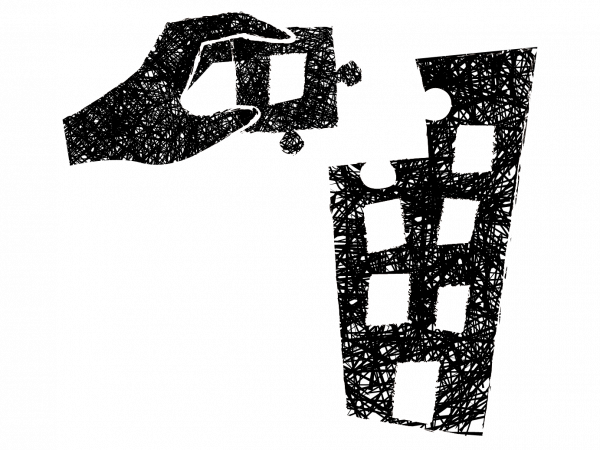- Home
- EN
- Our impact
- ProspeKtive
- To resist an imposed collective space: the anthropological non-place as an act of resistance in organization

To resist an imposed collective space: the anthropological non-place as an act of resistance in organization
February 2021
Expert
This text exposes how employees resisted a collective space imposed by the management of a large group, during the construction of its new head office in 1995. It is by depriving this space of their regular presence that they prevented it from emerging as a place (Lefebvre, 1974; Lussault, 2007) in its own right. Thanks to an original methodology combining research in the organization's archives, interviews and field observations, we were able to understand the mechanisms of spatial resistance at work.
From our observations, we put forward the idea that the concept of “non-place” of Marc Augé (1992) should be used more to understand how organizational spaces evolve because it offers a particularly relevant reading grid at a time when organizations are increasing the number of collective spaces that are supposed to unite employees, stick more to their desires, and optimize their skills.
First, it is important to remember that organizational resistance has been the subject of much research in management science, and it should not be seen as a rare, sterile and limited reaction of opposition (Courpasson, 2012). On the contrary, this phenomenon can take place over time and be expressed in many ways. Humor or derision, for example, allows the individual to mark a cynical distance from the institutional discourse of his organization, and this in itself is a form of resistance that we encounter frequently. On the other hand, the resistance of individuals to imposed spaces remains largely unexplored even if we can nonetheless point to interesting recent research on this question (Donis and Taskin, 2017).
Our empirical study was built around the head office of a large group of French origin, by comparing its project as it was drafted in 1989 by the main directors of the French branch (109-page document intended for architects ), its use in 1995, then the way in which this space evolved over the years until 2018. To do this, we have developed an original methodology combining:
- research in the organization’s archives;
- long interviews with the key players in the project and with employees who have moved into these premises or are still working there;
- numerous shadowing observations of the spatial practice at work in the collective space that it was a question of making emerge as the privileged place of informal meetings between the 5,000 employees working on this site.
The choice of this terrain was self-evident as the contrast between the space as it had been conceived and the way it was experienced (in the sense of Lefebvre) was striking.
Our results brought out several types of expressions of resistance among the users who were the ones on whom the organization relied to transform this barely built area into a major meeting place, in particular irony and cynicism, resulting in the non- frequentation of the space in question, and thus transforming it into a “station hall” for those who work there today.
Without knowing whether they wanted to resist the will to territorialize the management of a space supposedly designed for them, or resist what some saw as an attempt at manipulation, we found that the employees brought up a non-place by depriving the space in question of an anchored and regular social practice. Deprived of it, this area of the organization remains empty of history, meaning, identity - this is the definition that Augé attributes to anthropological non-places: areas that cross quickly, anonymously. , devoid of symbolic dimension.
In fact, non-places as they are practices of resistance do indeed appear to be particularly interesting organizational phenomena for several reasons. On the one hand, through the checks and balances they oppose against decision-makers and architects who are usually presented in literature as all-powerful. In addition, it is interesting to note that the causes of resistance to this imposed collective space do not relate directly to its development strictly speaking, but of the possibilities of territorialization, and the managerial intentions that the users will perceive there. Thus, in order to limit the risk of these place projects becoming non-places, we argue that users must fully participate in the design of the places they are then supposed to inhabit. Finally, more generally, like other researchers (Taskin, 2017), we believe that it is of prime importance to continue to study the complex dialectical relationships that individuals maintain with organizational spaces, and the way in which these will evolve according to what the workers wish to express in them, between membership or resistance, territory or transit zone, place of life or non-place.
Release date: February 2021




